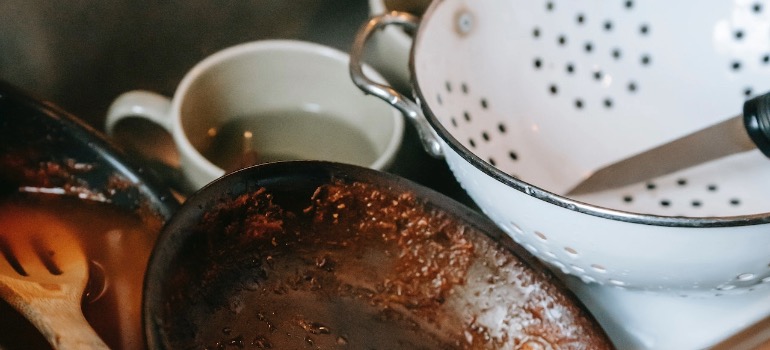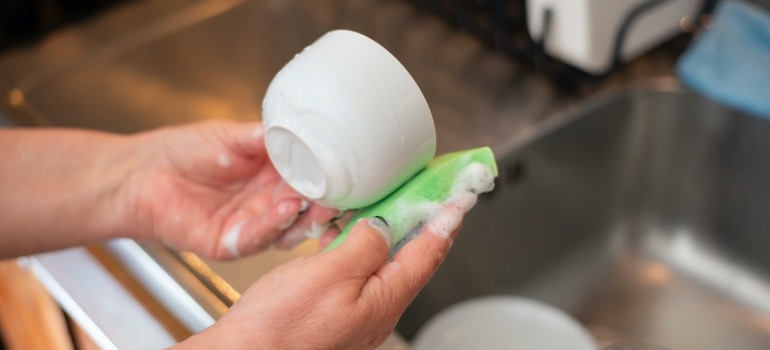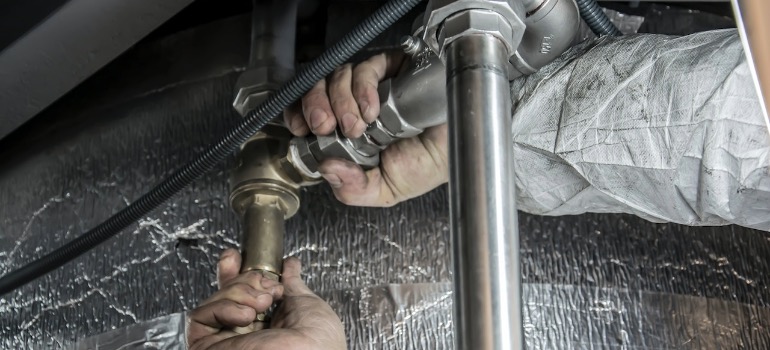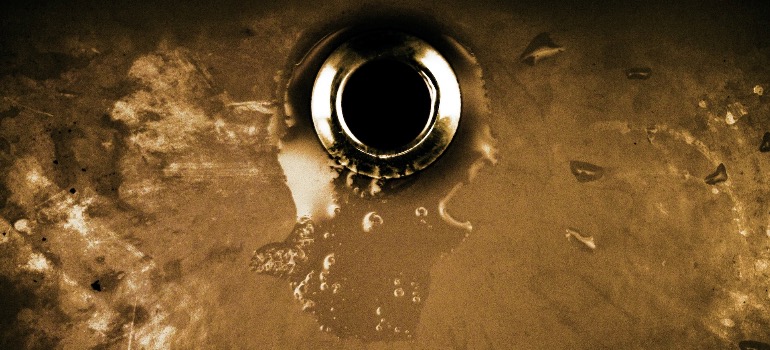Blocked pipes and drains are common household issues that can lead to significant inconveniences and costly repairs. These disruptions are not just random occurrences; they have distinct causes that, when identified, can be addressed promptly. Drains and pipes, while often overlooked, are crucial components of residential infrastructure, ensuring efficient waste and water management. Understanding the causes of blocked pipes and drains is essential for homeowners, as proactive measures can mitigate these problems. This article aims to provide a comprehensive overview of these causes, helping homeowners make informed decisions about their plumbing maintenance.
1. Hair
Hair, while seemingly harmless, poses a significant threat to the functionality of our drainage systems. Especially after showers or hair grooming routines, individual strands can easily find their way down the drain. Over time, these strands intertwine, forming large clumps that can significantly obstruct water flow. Bathrooms, particularly showers and sinks, are hotspots for such hair buildups. The more the hair accumulates, the higher the risk of full blockage. Regular cleaning and proactive measures, such as installing hair catchers over drains, can be instrumental in preventing this common issue. By addressing this sneaky blocker head-on, homeowners can maintain efficient drainage and reduce the need for frequent plumbing interventions.
2. Grease and Fats
Grease and fats, byproducts of our daily cooking, are often the unseen adversaries of a healthy plumbing system. When poured down sinks, these substances, while liquid at high temperatures, tend to cool and solidify inside pipes. Over time, these sticky residues adhere to the pipe walls, constricting the pathway and impeding the water flow. The kitchen sink, frequently used for dishwashing and disposing of cooking remnants, is especially vulnerable to such blockages. It’s crucial for homeowners to be aware of the hazards of improperly discarding grease and fats. To combat this, allowing grease to cool and solidifying it for proper disposal in trash receptacles can help keep drains clear and functional.

One of the most common causes of blocked pipes and drains is grease buildup in the pipes.
3. Foreign Objects
Foreign objects, often unexpected, can be formidable antagonists in the battle for clear pipes and drains. External drains may back up during rainstorms due to the influx of leaves, twigs, and other debris. Within households, the issue takes a different face. Everyday items such as small toys, sanitary products, cotton buds, or even accidental debris can become lodged in drains. Such obstructions are typically unexpected and can lead to sudden blockages. It’s imperative for homeowners to educate family members about what can and cannot be flushed or poured down drains. Ensuring that waste bins are within reach and frequently cleared can help minimize the risk of these accidental intruders causing blockages.
4. Plant and Tree Roots
Plant and tree roots, though emblematic of nature’s beauty, can gradually morph into plumbing nightmares. Their relentless search for water can lead them to infiltrate pipes, causing severe blockages. This phenomenon is especially common in older residential plumbing systems with aging pipes that might have cracks or weak points. Signs of this infiltration include slow drains, gurgling sounds, or recurring blockages. Prevention involves maintaining distance between trees and plumbing lines and regular inspections. In more advanced cases, professional intervention might be necessary to clear roots and repair any damage. Understanding this natural process is crucial for homeowners, enabling them to take precautionary measures and preserve the integrity of their plumbing infrastructure.
5. Soap Residue
Soap residue, one of the most frequently underestimated causes of blocked pipes and drains, significantly contributes to plumbing issues. Traditional soap bars, especially when used in areas with hard water, can lead to the formation of soap scum. This residue results from soap combined with minerals in the water, creating a stubborn, sludgy buildup that adheres to the insides of pipes. Over time, this accumulation can substantially narrow the pipe’s diameter, restricting water flow and leading to potential blockages. Switching to liquid soap can mitigate the risk, but another effective approach is using water softeners. These devices reduce the mineral content in water, thereby limiting the potential for soap scum formation, ensuring smoother water passage.

A very unexpected cause of blockages in pipes is soap buildup.
6. Mineral Buildup
Mineral buildup, particularly in areas with hard water, can be a silent but potent factor in blocking pipes and drains. Hard water contains a higher concentration of minerals like calcium and magnesium. Over time, these minerals can deposit along the inner walls of pipes, forming stubborn scale layers. These deposits restrict water flow and can corrode the pipes over time. Regular homeowners might observe decreased water pressure, slower drainage, or even visible scaling on faucets and showerheads. The ideal solution to counter this challenge is the installation of water softeners. These systems treat hard water, reducing mineral content and thereby preventing the formation of the hardened blockade inside pipes.
7. Collapsed or Damaged Pipes
Collapsed or damaged pipes, often lurking unnoticed beneath a property’s surface, represent some of the most common causes of blocked pipes, and drains homeowners can face. Various factors can cause these problems: natural ground movements, long-term wear and tear, or external factors such as nearby construction activities. Unlike other blockages that exhibit immediate signs, these invisible troublemakers often present subtler symptoms. Homeowners might notice inexplicable damp spots in their yards or sporadic reductions in water pressure. These damages can escalate quickly, leading to significant water loss or even property damage. It’s essential to remain vigilant, schedule regular plumbing inspections, and seek immediate professional assistance at the first hint of any irregularities in the system.
Professional Pipe and Drain Repairs
Addressing severe pipe and drain blockages often extends beyond the scope of simple home remedies or DIY approaches. Professional pipe and drain repairs become paramount when complex obstructions or damages are involved. Employing skilled professionals ensures that the issues are diagnosed accurately and remedied effectively, reducing the risk of recurrence. Additionally, during significant repair operations, homeowners are advised by All Season Movers NJ to look into getting other forms of professional help, such as a storage unit. Not only does this shield items from potential damage, it also offers technicians unobstructed access to perform their tasks efficiently. Engaging with a reputable plumbing service and understanding the intricacies of the repair process can help homeowners ensure the longevity and reliability of their plumbing systems.

Don’t hesitate to call for professional help if a clog gets out of hand.
To Conclude
Understanding the intricate causes of blocked pipes and drains is pivotal for every homeowner aiming to maintain a well-functioning household. The myriad factors contributing to these issues, ranging from the natural infiltration of tree roots to human-induced blockages like grease deposits, are diverse and impactful. However, homeowners can effectively navigate these challenges equipped with knowledge and a proactive approach. Regular maintenance, informed choices about disposal habits, and timely professional interventions can significantly reduce disruptions and prevent plumbing emergencies. In essence, a well-maintained drainage system isn’t just about preventing inconveniences; it’s a testament to the holistic well-being of a home. Embracing this understanding ensures longevity for its residents’ plumbing infrastructure and peace of mind.
